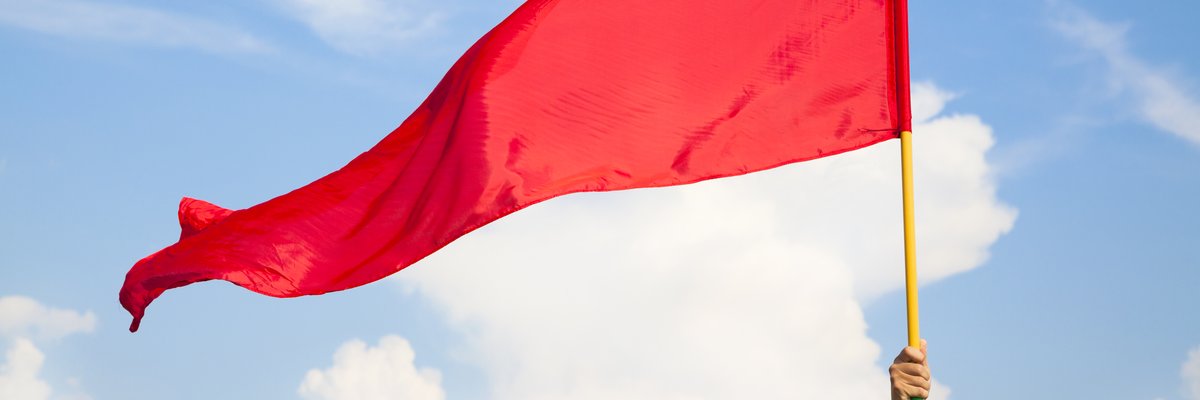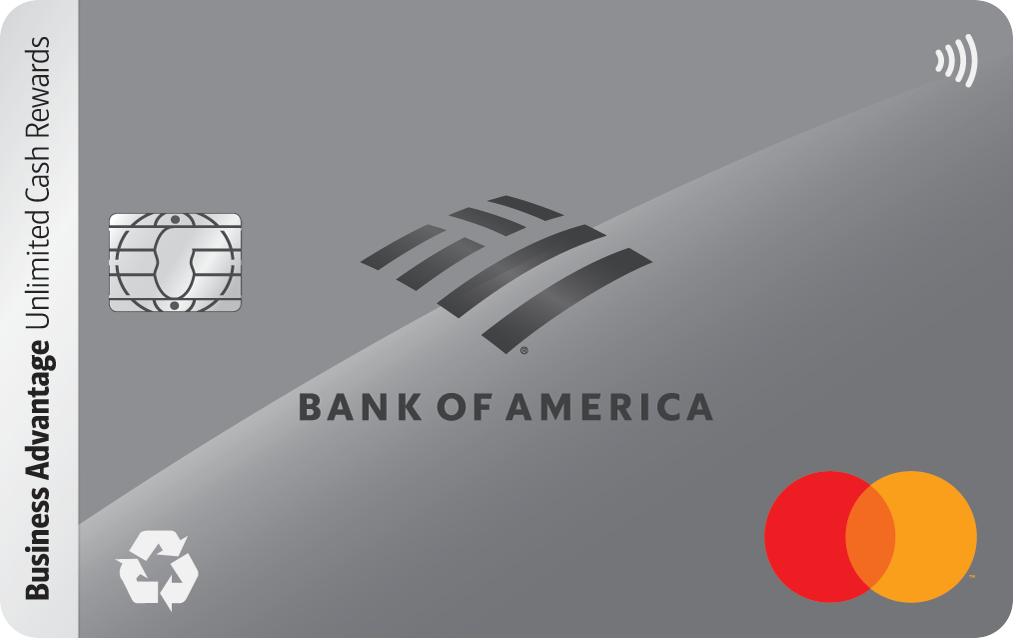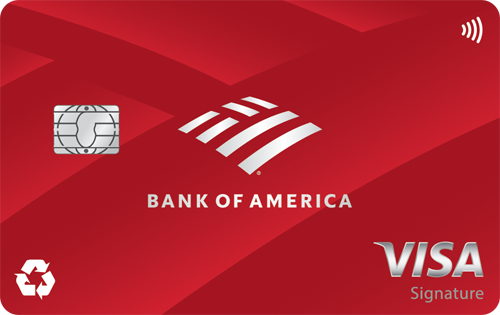These 3 Red Flags Mean It's Time to Switch Bank Accounts

Image source: Getty Images
If you haven't shopped around for a new bank in a while, there's a good chance you're costing yourself a lot of money.
Today, the best banks pay high interest rates and charge no fees. But a lot of banks -- especially the big, well-known banks -- are still living in the Stone Age.
Here are three warning signs that you need to ditch your bank and open a new account ASAP.
1. Your savings APY is under 3.50%
Some of the big banks pay a shockingly low annual percentage yield (APY) of 0.01%. At that rate, you're earning a fraction of a penny for every dollar you save.
Meanwhile, high-yield savings accounts pay APYs of 3.50% or more -- at least 350 times higher.
Say you have $10,000 in savings. Here's how much money you could earn every year at different APYs.
| Savings APY | Interest Earned in 1 Year |
|---|---|
| 0.01% | $1 |
| 3.50% | $350 |
| 4.20% | $420 |
You could earn hundreds of dollars more every year by switching from a low-APY account to a high-yield savings account.
Settling for a low APY is the biggest banking mistake you can make, because you're basically saying "no" to free money. So don't wait -- open a high-yield savings account today.
2. You're paying fees
You should never pay fees for regular banking activity. If you find yourself paying the fees below, then it's time to look for a new bank account.
Maintenance fees
Some banks charge a monthly fee just for the privilege of having a bank account. They might waive the fee if you maintain a minimum balance -- but the best banks never charge maintenance fees for any reason.
Overdraft fees
Some banks allow you to make debit card purchases even when you don't have enough money in your checking account. Then they'll charge you $35 for every single transaction you make while your balance is too low. And they have the nerve to call this "overdraft protection."
The best banks never charge overdraft fees. Many of them let you use your savings account as a backup to cover purchases, and they don't charge a fee when you do. Otherwise, the transaction will simply be declined.
One of our favorites, the SoFi Checking and Savings (Member FDIC) account, even offers $50 in overdraft coverage if you direct-deposit $1,000 or more per month. That means SoFi® will spot you up to $50, then deduct the amount you "borrowed" after your next deposit. Learn more about this account here and open one today.
ATM fees
If you pay ATM fees several times a year, then you should look for a bank with a bigger network of no-fee ATMs. Some banks even reimburse you for fees paid at out-of-network ATMs.
3. You have to jump hurdles to get a good APY
Many banks advertise high APYs -- with an asterisk. To get that APY, you may need to deposit way more cash than the average person has, or jump through other hoops.
Even some of the best high-yield savings accounts have requirements to earn their top APYs. But those requirements are easy for the average person to meet.
So don't waste time (and money) chasing a high APY that you'll probably never get.
Open one of the top high-yield savings accounts today to start earning a high APY and stop paying fees. You might find yourself hundreds of dollars richer every year.
Our Research Expert



